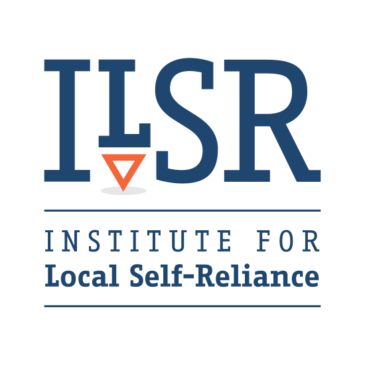Living Wage for Employees of Large Retailers – Chicago
In July 2006 the Chicago City Council voted 35-14 to pass a new ordinance that requires large retailers to provide employees with a compensation package consisting of a minimum living wage and a minimum benefits package.… Read More



